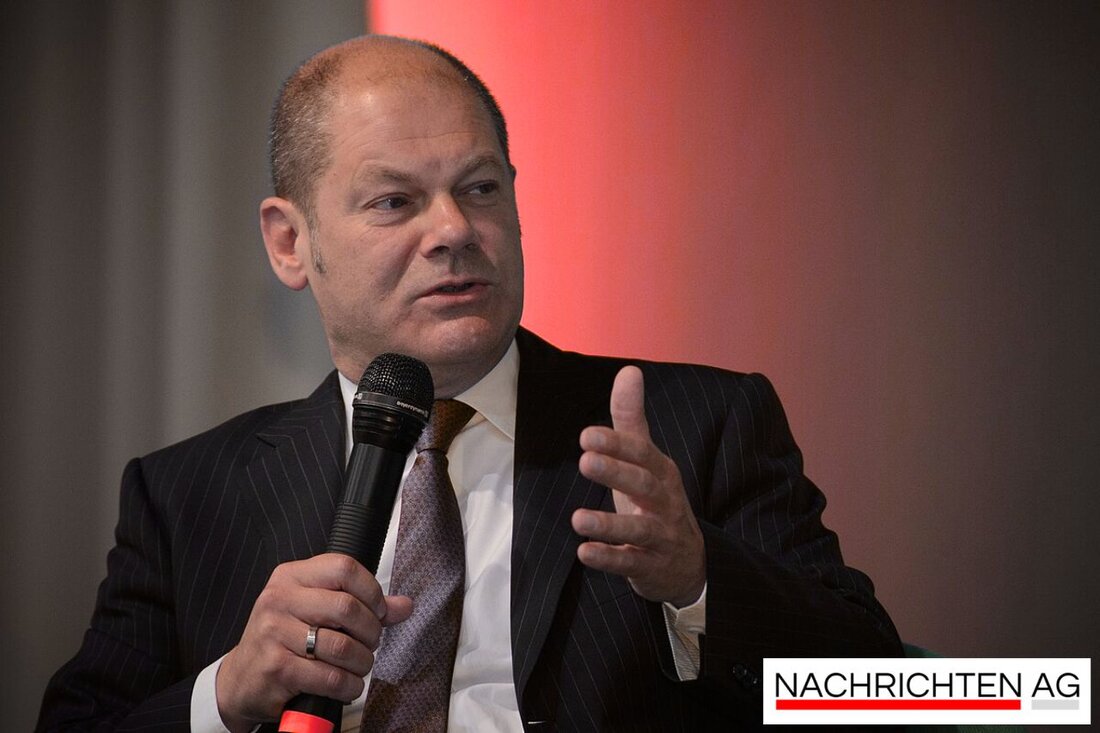Sensation in Frankfurt: Oldest Christian inscription north of the Alps discovered!
Sensation in Frankfurt: Oldest Christian inscription north of the Alps discovered!
A remarkable archaeological find in Frankfurt could rewrite the history of Christianity north of the Alps. A letter of writing, dated to the 3rd century AD, was identified as the oldest testimony of Christianity in this region. The discovery, known as the "Frankfurt silver inscription", takes place from a grave in which a creditor was buried. The significant details of this discovery were decrypted by an interdisciplinary research group led by Markus Scholz, an archaeology professor at the Goethe University. It is particularly noteworthy that this find was made in a grave in Frankfurt-Praunheim in the older Roman city of Nida in 2018.
The "Frankfurt silver inscription" measures 3.5 cm and consists of 18 lines with a fully Latin inscription. This form of the inscription is unusual for that time because Greek or Hebrew was usually used. The text contains Christian formulations that worship Jesus Christ, as well as a call to Saint Titus and a hymn that cited 2,10-11 from the biblical letter. The fact that there are no evidence of other beliefs or pagan elements is intriguing, which underlines the faithful character of the wearer. Experts consider this find to be a real turning point in researching the spread of Christianity in the region.
meaning and deciphering of the text
The deciphered text, which does not contain any reference to other gods or religions, represents the earliest authentic testimony to Christianity north of the Alps. The find is of considerable importance for science, since it opens up new perspectives on the spread of Christianity in Roman areas. Before this find, the previous discoveries of Christian signs in this region were at least 50 years younger.
The engraving on the amulet was deciphered with the help of the latest computer tomography, since the fragile silver sheet was too fragile to unroll it manually. The technical approach illustrates the challenges that the researchers had to overcome in order to secure the valuable information. Overall, Markus Scholz, who is also Vice President of the "Association International Pour L’étude des Inscriptions Mineures (Ductus)", has contributed significantly to research on Roman settlement places and military facilities in southern Germany.
public presentation and exhibition
For interested parties, Professor Scholz will give a lecture on Monday, June 16, 2025, at 7 p.m. in the research college Humanwissenschaften in Bad Homburg, in which further insights to decipher and importance of the amulet are expected. Registration for the event is possible until June 12th.
In addition, the amulet will be exhibited in the Archaeological Museum Frankfurt from December 18, 2024, which offers the opportunity to look at this extraordinary relic of Christian history up close.
For further details on this remarkable discovery and its results, we refer to the reports of Pedagogical University of Frankfurt , News of the University of Frankfurt and hessenschau .
| Details | |
|---|---|
| Ort | Frankfurt, Deutschland |
| Quellen | |


Kommentare (0)